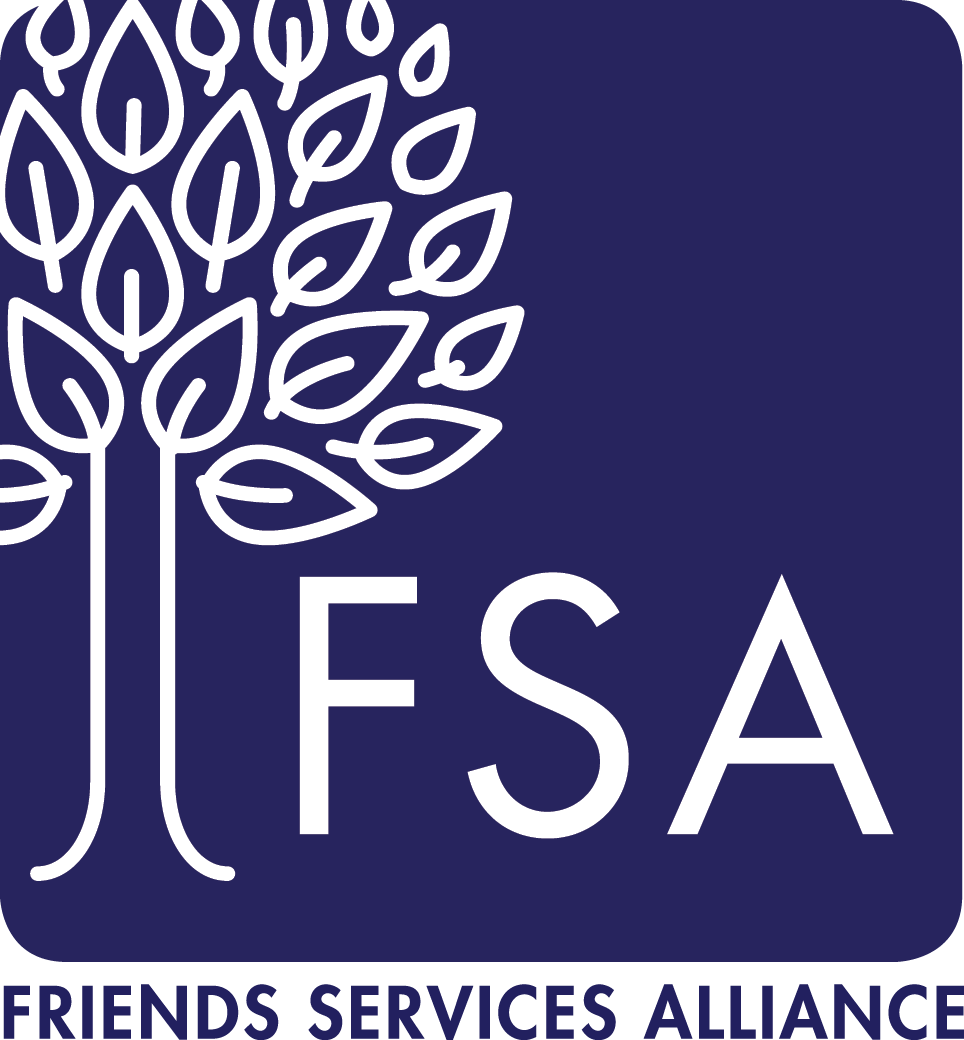OIG Life Safety Audits Reveal Top Areas of Deficiency
OIG found several common areas of deficiencies related to Life Safety requirements. Failures related to keeping up with – and documenting – maintenance of various facility systems and infrastructure were at the root of many Life Safety citations.
OIG also noted that deficiencies often happened because of a lack of awareness of requirements on the part of staff and management, which is partly due to high employee turnover. Neither state requires staff to participate in standardized CMS Life Safety training programs. The learning portal is available here.
10 Ways to Avoid Life Safety Violations
As you review life safety compliance at your facility, keep in mind that surveyors might be taking a careful look at the following frequently cited areas.
1. Building Exits
Many nursing homes surveyed had emergency exit doors and/or exit doors that were inoperable or obstructed. Common citations also included improperly functioning self-closing mechanisms and lack of illumination and exit signage.
2. Fire and Smoke Barriers
Ensure that fire and smoke barriers are intact. In several nursing homes, OIG found broken ceiling tiles and other openings that could lead to the spread of smoke. Make sure your vendor contracts, such as wiring services, require them to seal all penetrations with fire rated caulking. Inspect those areas to ensure fire and smoke barriers have been maintained.
3. Fire Detection and Suppression Systems
Make sure these systems are current on inspections and routinely tested. (Note that portable fire extinguishers require monthly inspection.) Specifically, OIG found deficiencies related to improper installation of fire suppression systems, blocked sprinkler heads, cooking equipment hoods not serviced, fire alarm systems not regularly tested, and lack of fire watch policies and procedures for when these systems are out of service.
4. Resident Call Systems
Ensure that resident call systems are in working order and accessible at all resident bedsides and in toilet and bathing areas. Several nursing homes surveyed had call systems that were not properly functioning, and at least one had furniture obstructing access.
5. Carbon Monoxide Detectors
Ensure that carbon monoxide detectors meet state requirements for installation and maintenance. OIG cited several nursing homes that did not have carbon monoxide detectors in required areas. (Also, check that batteries are working if the system is not hard-wired!)
6. Hazardous Storage Spaces
A vast majority of nursing homes surveyed had violations related to hazardous storage. Hazardous storage spaces must meet safety requirements – doors must be firesafe-rated and kept closed, and proper signage needs to be in place. Ensure compliant storage practices and documentation related to:
- Hazardous chemicals (e.g., gasoline, paint)
- Garbage
- Oxygen cylinders (It’s worth noting that several nursing homes received citations related to unsafe storage and improper signage of oxygen cylinders.)
- Identify and label gas and vacuum piped systems.
Be mindful of rooms that have been converted into storage areas to ensure they meet all safety standards.
7. Smoking Policies
Make sure staff are aware of and follow smoking policies – many citations related to smoking policies were because staff were smoking in banned areas. Only allow smoking in designated areas where ash receptacles are provided, and make sure to post signage in non-smoking areas.
8. Fire Drills
Fire drills must be conducted each calendar quarter during every shift so that all staff members participate. Make sure the facility’s fire drill log reflects this.
9.Elevator Maintenance
Elevator safety testing must be conducted regularly by an elevator maintenance company. Be sure to document this testing and retain detailed reports from the elevator maintenance company – failure to do so was a common deficiency in this area, OIG reported.
10. Electrical Equipment Maintenance
Make sure that electrical equipment (e.g., patient beds and lifts) is routinely tested. Other requirements related to electrical safety include:
- Safe usage of power cords, extension cords, and space heaters
- Inspection and maintenance of electrical receptacles at resident bedsides
Documentation failures were a common deficiency in this area. Ensure that documentation is kept for testing and repairs of resident beds and lifts, and for the inspection and maintenance of electrical receptacles at resident bed locations.
Friends Services Alliance (FSA) is a national professional association of values-aligned organizations that serve seniors. Our support services include a team of Compliance experts who have supported organizations in developing and maintaining effective Compliance and Ethics Programs for more than 20 years.



